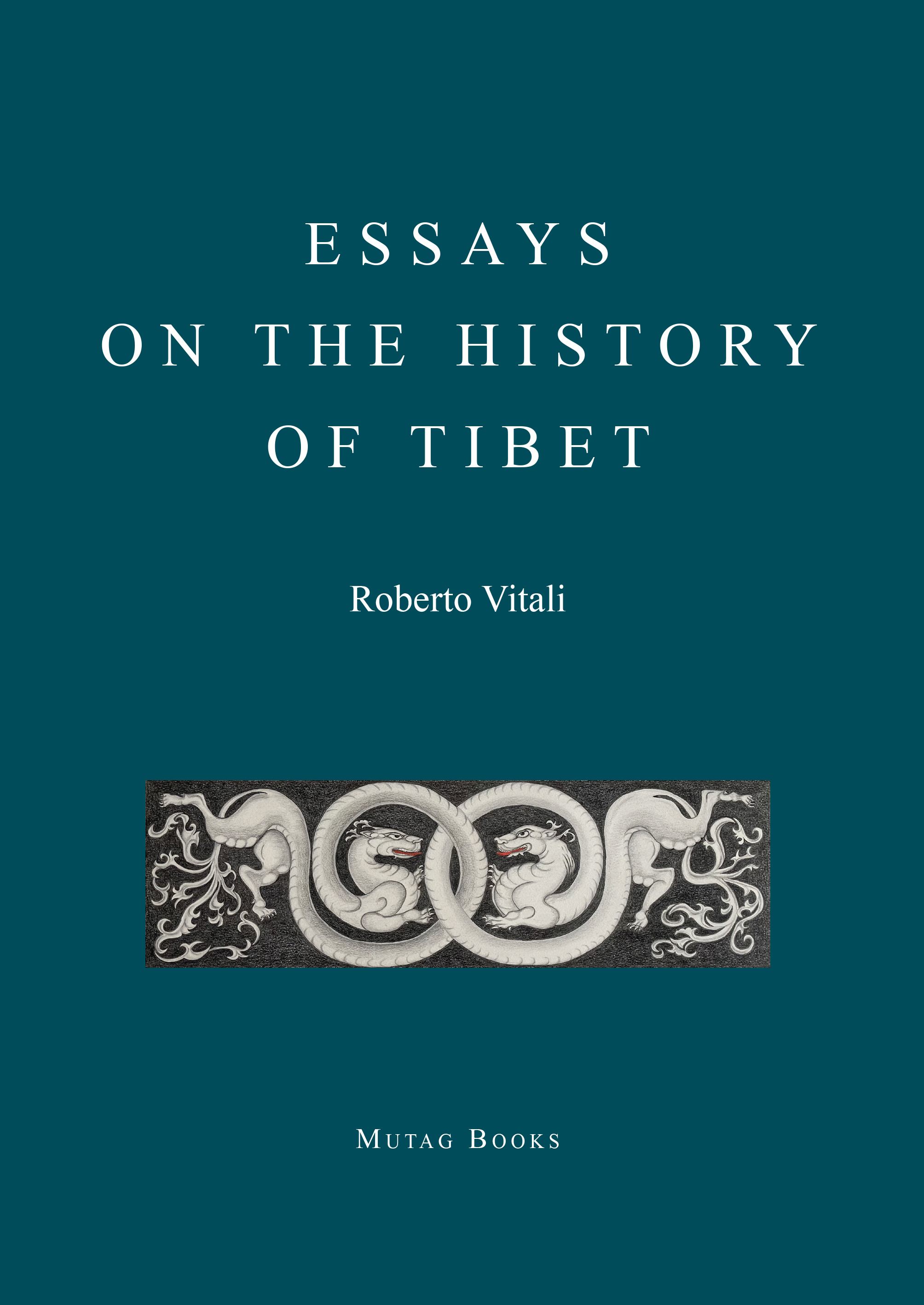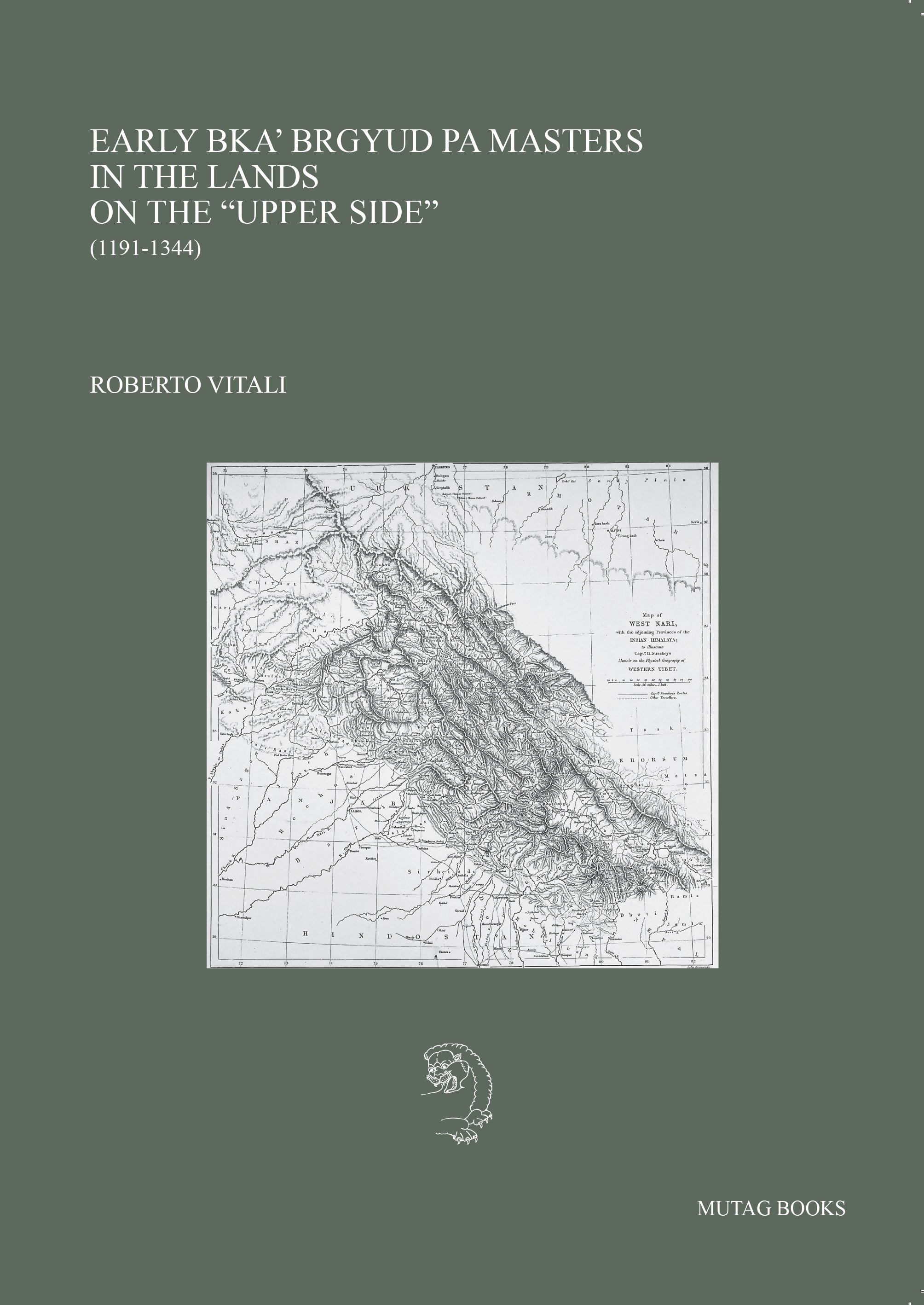THE WORK
Roberto Vitali is an independent researcher, author of books and articles, editor of volumes and journals, convener of seminars. His field of studies concerns the history of Tibet and the Himalayan lands from the earliest time to the 15th century and the Tibetan language literature in general.
These books are my first works I publish online. Despite the mystique I nurture for the printed paper - the touch of the page - my lifetime wish for independence has led me to put these two literary opuses online, therefore without an established publisher. I continue to work in complete freedom except when I am called to contribute to volumes of friends and colleagues or participate in seminars.
The online presence of these books allows easy access to them by everyone who is interested in a culture that is agonising in front of our eyes. Online publication makes them available free of cost.
The shorter volume (390 pages), entitled Early bKa’ brgyud pa masters in the lands on the “upper side”, deals with the culture of mNga’ ris stod smad (Upper West Tibet) from the beginning of the bKa’ brgyud pa presence in its regions (late 12th century) until well within the 14th.
It is a monograph that deals with the inflow of great masters of this school into a most sacred land and the consequent germination of local exponents of remarkable caliber. Aspects touch an interdisciplinary approach based on the historical literature from the
primary sources.
The religious and secular enterprises of great bKa’ brgyud pa masters radiated from Gangs Ti se and the lakes, which they had reached by means of collective or individual expeditions, to centres of civilisation in all directions. From Gu ge Pu hrang, La dwags, Byang thang and Mar yul Gung thang great personalities went on to Kashmir, the Tarim Basin, the Indian plains, the Indo-Iranic
borderlands and the Kathmandu Valley, leaving locally a mark that enlightens the cultural conditions of those lands.
Following the stable takeover of the territories of mNga’ ris, local bKa’ brgyud pa exponents played a major role also due to the weakening of the school’s control over the lands in the west due to the assertion of the Yuan/Sa skya pa alliance. Still
the intrepid attitude of earlier bKa’ brgyud pa masters was adopted by other members of the school.
The second volume Essays on the history of Tibet - is a lengthy work (840 pp.) that touches topics remarkably different from one another. They are based on literary material again from primary sources exclusively. These essays are too long to be articles and too short to be individual books although in various cases they could have been single volumes.
Some of them deal with the dynastic period of Tibet (6th century onwards), others span from bstan pa phyi dar to the 15th century. A few of these essays touch well known themes, others aim at bringing to a more central historical position important topics that have been confined to the periphery of historical memory.
Three essays concern dynastic Tibet.
One of them expands the range of inhumations at the ’Phyong rgyas dur sa behind the well-known tombs of the btsan po-s and, therefore, gives a different perspective of the royal cemetery.
Another one deals with the sense of Srong btsan sgan po’s embryonic introduction of Buddhism in relation to the construction of Ra sa ’Phrul snang and his military campaigns.
The third pertains to the role the heroes played on the three fronts that secured the conquest of the empire.
Two more deal with the introduction of key religious systems, respectively from the late 10th to the 11th century and during the next
hundreds of years. One concerns the adoption of the cult of a major deity in the land, the other a system of lineal transmission.
In an essay, a noble family whose genealogical flow did not suffer discontinuation - a rare case in Tibet—is brought back to the limelight for its historical contributions.
Another essay is dedicated to one more noble family well-known to the studies but seen here from historical viewpoints not yet touched by scholarship.
A most controversial and troublesome event whose full extent official historiography has tried to hide under the carpet is the theme of a further essay.
One of the nine works examines the paternity of a well-known rNying ma text, whose attribution, given for granted until now, needs to be scrutinised.
Contact
Roberto Vitali
manipa1@yahoo.com

